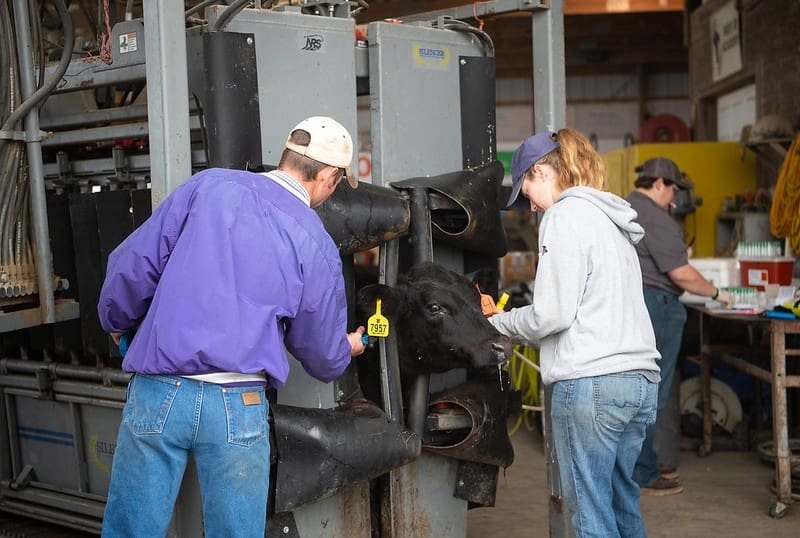Brian Lovers and Brad White, veterinarians at the Kansas State University Beef Cattle Research Institute, discussed whether there is a limit to the number of vaccines that cows can receive at the same time on a recent episode of their podcast “Cattle Chat.” .
Veterinarians stressed the need to be careful when administering bacterial vaccines containing high levels of endotoxin, as overexposure can cause shock in animals. It is thought that administering multiple vaccinations at once (for example, five) may overload the animal’s immune system and result in a weaker immune response than if the vaccinations were spread out.
To avoid stressing the animal’s system, Lovers suggests spacing out vaccinations. He recommends getting three doses of the vaccine in the spring and three in the fall, rather than administering all six doses at once.
The duration of immunity provided by vaccines varies. Some antigens or pathogens provide short-term immunity lasting 6 months to 1 year, while others provide longer-lasting protection. Additionally, vaccination protocols and the ability to space vaccinations differ between cows and calves.
White advised producers to consult their local veterinarian to develop a vaccination plan and ask the following questions:
What is being administered in the current vaccination protocol? Is there something missing? What diseases have we seen in our herd? What diseases are prevalent in the area? Is it? What biosecurity practices should I follow when moving cattle into and out of the herd?
You can read the full discussion here.

